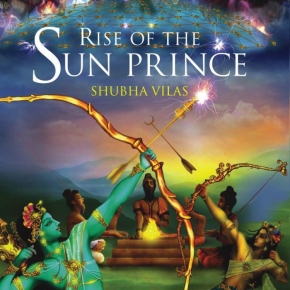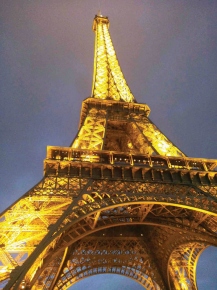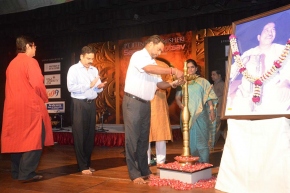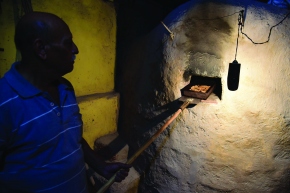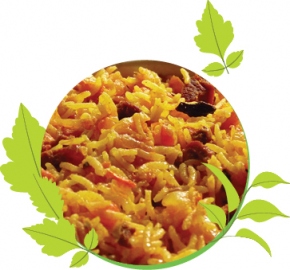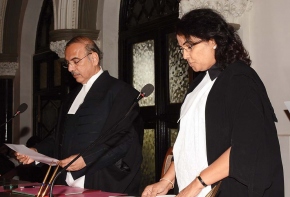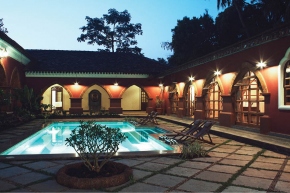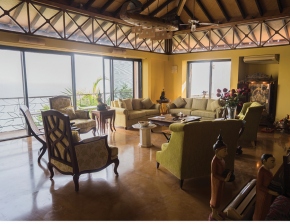Latest
- Bank Of India, Women's Day Celebration at Zonal Office Patto Plaza.
- Bridging Goa
- Death and Revival of bakery
- Fighting Cancer
- Cookbook Ishtann releases 7th edition
- Symposium of art icons MOG
- Goa government honours Dr Salkar with Best Social Worker award
- Iskcon celebrates Jagruti 2019
- GoaMiles Taxi App completes six successful months
- Condé Nast Traveller honours Goa with Favourite Leisure Destination award
Diwali the Goa way
By Rohit R Phalgaonkar on October 14, 2014
Customs passed down the ages continue to be an integral part of local festivities
The word Diwali has its etymological roots in the diva or a lamp. The diva or the divo in Konkani holds a lot of importance in Hindu culture. The oil lamp is treated as sacred and is an inseparable part of tradition, from birth to death.
The brass lamp is lit near the cradle during the naming ceremony of a child in Goa. An earthen lamp called the panti is lit in the house at the place where the body of the deceased is kept for around three days. Nearly every ceremony has a lamp lit near the event taking place.
The traditions and sentiments associated with a lit lamp are so severe that blowing off the flame of a lamp during any occasion is considered to be a bad omen. A flame of a lit oil lamp is immediately prevented from going off by covering it with both hands.
Perhaps this provider of light is remembered on Diwali. North Indians celebrate it as a commemoration of the return of Shri Ram and Sita with his brother Lakshman back to Ayodhya. During their 14 years of exile, Sita was abducted by Ravan. Shri Ram killed the wicked Ravan and returned to Ayodhya. This return is celebrated with pomp and gaiety. Valmiki’s Ramayan describes the preparations made by the people of Ayodhya to welcome their beloved prince. “The city was cleaned and the roads were covered with carpets of flowers. There were drums and trumpets playing everywhere in the great city,” he wrote.




